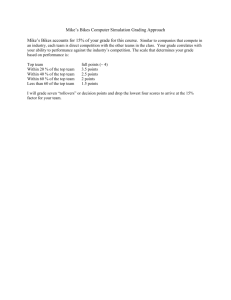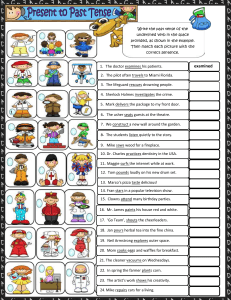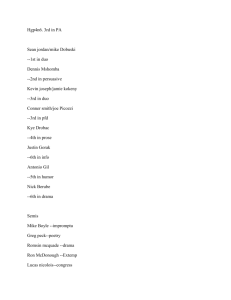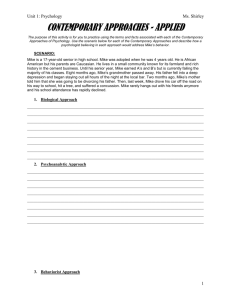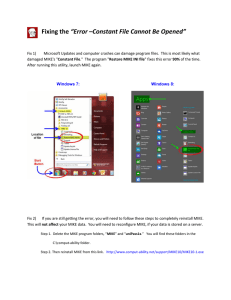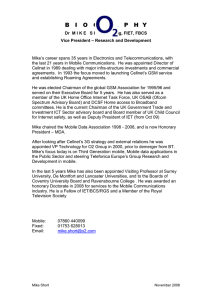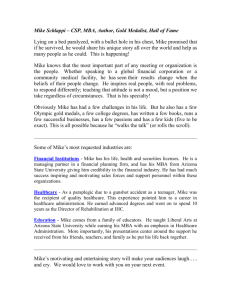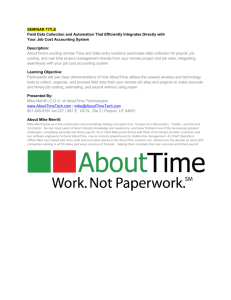Case Analysis Example
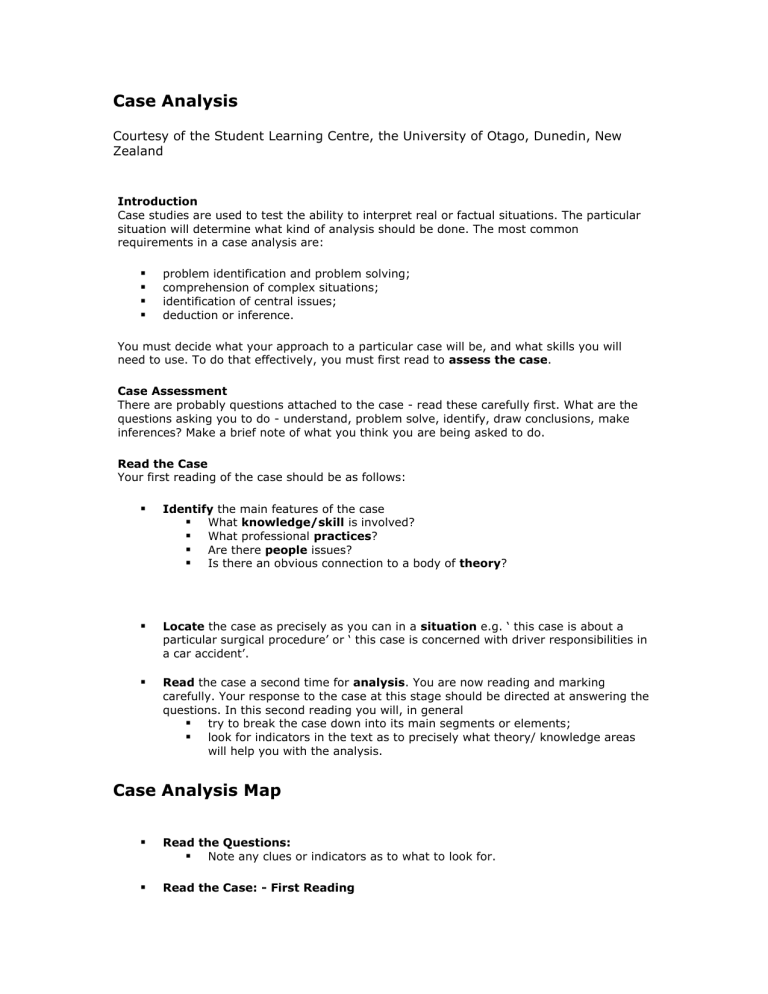
Case Analysis
Courtesy of the Student Learning Centre, the University of Otago, Dunedin, New
Zealand
Introduction
Case studies are used to test the ability to interpret real or factual situations. The particular situation will determine what kind of analysis should be done. The most common requirements in a case analysis are:
problem identification and problem solving;
comprehension of complex situations;
identification of central issues;
deduction or inference.
You must decide what your approach to a particular case will be, and what skills you will need to use. To do that effectively, you must first read to assess the case.
Case Assessment
There are probably questions attached to the case - read these carefully first. What are the questions asking you to do - understand, problem solve, identify, draw conclusions, make inferences? Make a brief note of what you think you are being asked to do.
Read the Case
Your first reading of the case should be as follows:
Identify the main features of the case
What knowledge/skill is involved?
What professional practices?
Are there people issues?
Is there an obvious connection to a body of theory?
Locate the case as precisely as you can in a situation e.g. ‘ this case is about a particular surgical procedure’ or ‘ this case is concerned with driver responsibilities in a car accident’.
Read the case a second time for analysis. You are now reading and marking carefully. Your response to the case at this stage should be directed at answering the questions. In this second reading you will, in general
try to break the case down into its main segments or elements;
look for indicators in the text as to precisely what theory/ knowledge areas will help you with the analysis.
Case Analysis Map
Read the Questions:
Note any clues or indicators as to what to look for.
Read the Case: - First Reading
Identify main features.
Describe the precise situation.
Read the Case: - Second Reading
Mark for indications of significant events, knowledge, people issues.
If required, break the case down into segments or components.
Go back to Questions:
Select data/information from case for question.
Draft responses, making any appropriate deductions/inferences.
Integrate knowledge/theory in a final response to questions.
Case Analysis Example
Examples of Case Analysis
The following example illustrates the process of case analysis.
Example:
Question/Task: As a consultant you are asked to identify the problems causing low motivation. Suggest solutions to senior management.
Employee Motivation
Fremont Corporation Marketing Department is in trouble. Productivity has dropped within the
Department and employees there appear to have low motivation. The problem started when
Sharon sent some suggestions to improve efficiency to the General Manager. Her section head, Mike, rebuked her for not going through the "proper channels". Since then, he has required all communications to be directed in writing to him, but does not reply to any that have been sent. On the other hand, he issues instructions through the e-mail system only.
Staff have had applications for transfer refused, and Mike has rigorously applied the rules on lunch times, morning teas and time off. Mike runs a "tight ship", but productivity is falling, and his latest edict is that unless it rises, jobs will go. Experienced staff say they are looking around for other jobs. Mike is well regarded by his seniors, but there have been concerns
about productivity.
Refer to the Case Analysis Map. In addition:
identify the main problem, and note any smaller problems that have a relationship with the main problem;
see whether the main problem needs to be broken down further;
assess the problem through known theories/practice;
generate solutions, justifying choices against alternatives.
Analysis
The above case is about a communications problem, but the subsidiary related problem is control. The communication problem specifically relates to two way written communication.
The control problem relates to a management practice.
In your answer you would need to examine each of the problems you have identified and use relevant communication and management theory to guide and justify a solution. If there are alternative solutions, you should explain the strengths and weaknesses of each.

